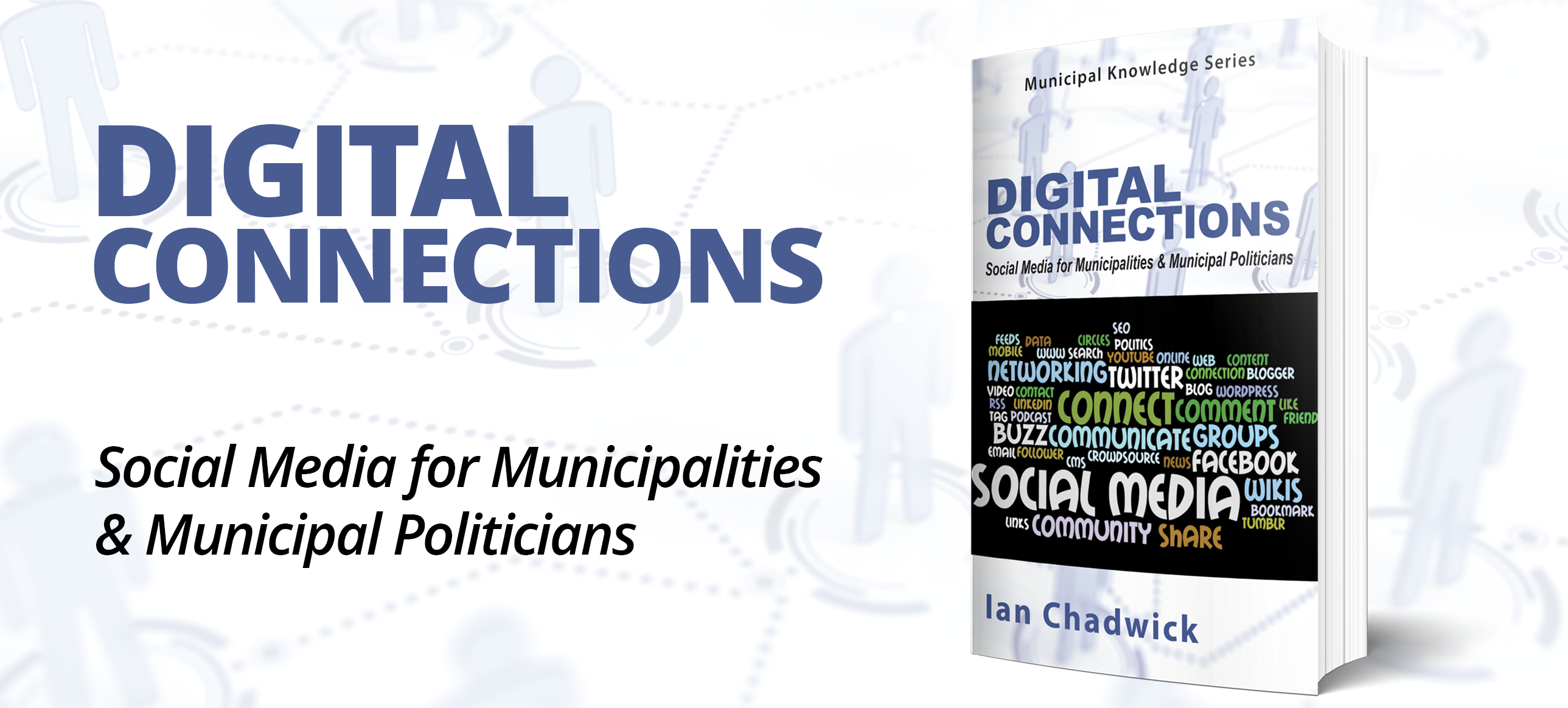Combating youth apathy: Best practices for municipal youth engagement

As young people interact with their municipalities and the services that they provide on a daily basis, municipal governance becomes something more tangible for young people. Accordingly, fostering participation at the municipal level can be an incredible pathway to engagement for previously disengaged youth. However, many municipalities struggle to engage this demographic as voters, decision makers, volunteers, and employees.
Young people are often at a transient stage in their lives and are therefore considered difficult to reach or engage. Because young Canadians participate in electoral politics and are civically engaged at lower levels than their older counterparts, young people and their specific needs can sometimes fall off the radar of decision makers. And, often, municipalities struggle to keep up with the technological prowess of this generation, who are often described as “digital natives.” Given these challenges, and the deep importance of engagement at the municipal level, targeted programming can be a valuable to help municipalities in better engaging young people.
Three Best Practices for Engagement
Out of the experience in working with both municipalities and non-profit organizations, general best practices for engaging young people in municipal governance have emerged.
1. Engage youth through channels that are familiar to them
Municipalities need to familiarize themselves with and leverage online channels of communication to involve youth as decision makers, volunteers, and staff members. It’s important to have a strong online presence, and to provide young people with information through channels they are familiar with – like Facebook, Twitter, and YouTube. It is also important to create website content that is directed specifically at youth.
2. Create compelling content in youth-friendly formats
It’s not enough to simply be on Facebook, Twitter, and YouTube. The message is just as important as the medium. Try using video, infographics, dynamic design, and humour to get your message across. Important information and documents should also be presented in language and formats that are accessible to young people. Often, presenting information in youth-friendly formats translates into presenting information that is compelling and digestible to the public in general.
3. Create low-barrier opportunities for participation
Online engagement needs to translate into opportunities for offline participation. Creating low-commitment opportunities for youth to participate in municipal government is crucial for including young people’s voices. This could involve the creation of a youth committee, the creation of youth seats on existing committees that have shorter terms or lower commitments, adopting youth-friendly practices for meetings, or even surveying and holding focus groups with young constituents.
Young people should be consulted on issues that go beyond those typically understood as “youth issues.” Ultimately, youth have a stake in a wide array of community issues.
Fostering Healthy, Happy Communities
Outlined here are only a few of the general best practices for engaging youth at the municipal level. To be sure, effective youth engagement needs to be sensitive to the context at hand and heavily informed by consultation with young people in the corporation and broader community.
Certainly, sound youth engagement practices at the municipal level have implications for municipalities as corporations, and young people can bring a fresh perspective and innovation to work being done. Involving them early on means municipalities are better prepared for succession, using effective youth engagement as a means to help avoid high rates of employee turnover, which are to the detriment of the organization.
But, more broadly, engaging young people in their communities and creating municipalities that young people want to live in is crucial for fostering healthy and happy communities – and for ensuring the health and sustainability of our democratic system. MW
✯ Municipal World Insider and Executive Members: You might also be interested in the full version of this article or in Eloise Hirst and Lhazin Nedup’s article: Future City Builders. Note that you can now access the complete collection of past articles (and more) from your membership dashboard.
Caro Loutfi is currently pursuing her Masters in Public Policy at Oxford University. She was previously the Executive Director of Apathy is Boring, working to engage youth in Canada’s democracy. Outside of her work there, she is the Director, Co-Chair of Inspirit Foundation’s granting committee, working to inspire pluralism among young Canadians.
Sophie O’Manique, Ph.D., is an Adjunct Instructor at Queens College, New York. Sophie previously coordinated the Youth Friendly program at Apathy is Boring. Her academic interest in urban geography and her passion for youth engagement drive her work on municipal youth engagement.
Related resource materials:



